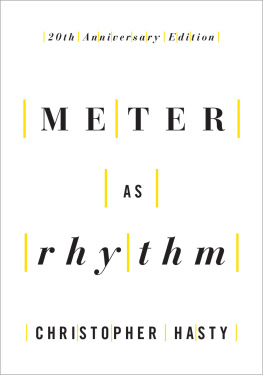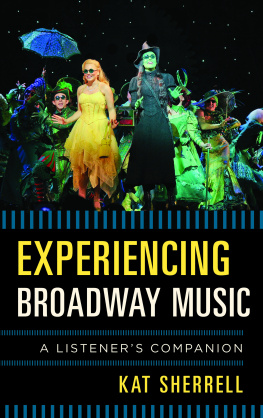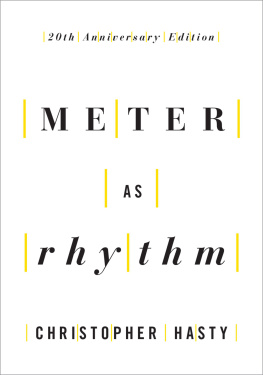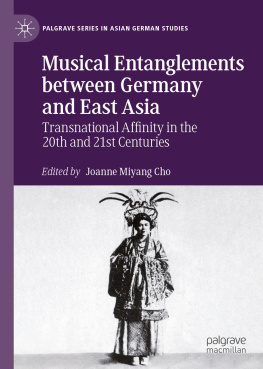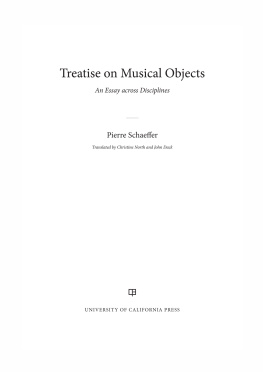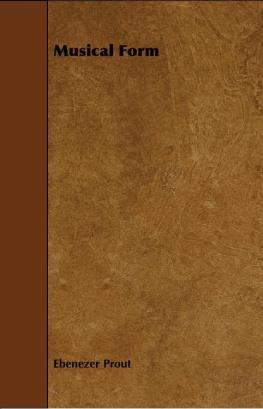Meter as Rhythm

Oxford University Press is a department of the University of Oxford. It furthers the Universitys objective of excellence in research, scholarship, and education by publishing worldwide. Oxford is a registered trade mark of Oxford University Press in the UK and certain other countries.
Published in the United States of America by Oxford University Press
198 Madison Avenue, New York, NY 10016, United States of America.
Oxford University Press 2020
All rights reserved. No part of this publication may be reproduced, stored in a retrieval system, or transmitted, in any form or by any means, without the prior permission in writing of Oxford University Press, or as expressly permitted by law, by license, or under terms agreed with the appropriate reproduction rights organization. Inquiries concerning reproduction outside the scope of the above should be sent to the Rights Department, Oxford University Press, at the address above.
You must not circulate this work in any other form and you must impose this same condition on any acquirer.
Library of Congress Cataloging-in-Publication Data
Names: Hasty, Christopher, 1947 author.
Title: Meter as rhythm / Christopher Hasty.
Description: 20th anniversary edition. |
New York : Oxford University Press, 2020. | Includes index.
Identifiers: LCCN 2019044701 (print) | LCCN 2019044702 (ebook) |
ISBN 9780190886912 (paperback) | ISBN 9780190886936 (epub)
Subjects: LCSH: Musical meter and rhythm. |
MusicPhilosophy and aesthetics. | Time in music.
Classification: LCC ML3850 .H37 2020 (print) |
LCC ML3850 (ebook) | DDC 781.2/2dc23
LC record available at https://lccn.loc.gov/2019044701
LC ebook record available at https://lccn.loc.gov/2019044702
Contents
In thinking about music it is difficult to avoid representing any concrete instance as if it were a stable and essentially pre-formed entity composed of fully determinate and ultimately static objects or relations. Certainly, in the actual performance of music there is no escaping the contingency and indeterminacy that inhere in every temporal act. When we attempt to analyze the musical event, however, it is most convenient to imagine that the intricate web of relationships that comes into play on such an occasion has already been woven in a prior compositional act or in a determinate and determining order of values and beliefs. We can, for example, point to the score as a fixed set of instructions for the recreation of an essentially self-same work or as a repository wherein the traces of a composers thought lie encoded awaiting faithful decoding by a receptive performer/listener. Or, with even greater abstraction, we can point to the presence of an underlying tonal system, the governing rules of a style or common practice, the reflection of a set of existing social relations, or the role of hardened ideologies in musics production and reception.
It must be said that there is some truth in the variety of determinacies that intellectual analysis would ascribe to music (if little truth in the claims of any one perspective to speak for the whole). But it must also be said that, to the extent the abstractions of analysis deny or suppress the creativity, spontaneity, and novelty of actual musical experience, analysis will have misrepresented musics inescapably temporal nature. The challenge of taking this temporal nature into account lies in finding ways of speaking of musics very evanescence and thus of developing concepts that would capture both the determinacy and the indeterminacy of events in passage. Stated in this way, such an enterprise appears to be loaded with paradox. However, much of the paradox disappears if we can shift our attention from objects or products to process and from static being to dynamic becoming. Indeed, such a shift might provide a perspective from which the great variety of determinacies we ascribe to music could be seen as inseparable components of musical communication.
In the following pages I will focus on a single aspect of musical processthe metrical. Meter is an especially appropriate topic with which to begin an inquiry into the temporal character of musical experience. Of all musics features, meter (together with its customary companion, rhythm) seems to speak most directly of time and passage. This measuring of duration is one of the most viscerally immediate of musics powers and the most fleeting. In measured music we are riveted by each passing beat, which in its passing seems to vanish without a trace. Nevertheless, this clear connection to immediate experience and real temporal passage has often been denied to meter in traditional theorys categorical opposition of meter and rhythm. Thus, it is customary to view rhythm as a rich and fully sensuous embodiment of musics temporal progress and meter as rhythms shadowy, schematic counterpartabstract, mechanical, and devoid of any intrinsic expression. Although this opposition has its own particular history and characteristics, it may be taken as emblematic of difficulties we face when we attempt to speak of musical passage.
In our attempts to speak of passage, to name its parts and describe the togetherness that allows us to conceive of parts, we are tempted to overlook the abstractions through which temporality is set aside for practical purposes of analysis and representation. Because meter as measure is so easily assimilated to number, it is especially susceptible to such abstraction. As the repetition of durational quantity, meter becomes eminently analyzable if the regularity of repetition is conceived deterministically and if duration is reduced to the spatial category of timespan. However, what is lost in this simplification is the specifically temporal character of repetition and therefore the claim of meter to be regarded as fully sensible and intrinsically expressive. To the extent meter and rhythm are thus conceived as incommensurate, rhythm can be protected from the abstraction and schematicization of meter but will by the same token become inaccessible to close analysis. If vivid feelings of durational quantity are withdrawn from our concept of rhythm, we are left only with vague notions of tension and relaxation or ebb and flow for describing what is arguably the most complex and luxuriantly differentiated aspect of musical experience.
The problematical opposition of meter and rhythm will be the subject of the first part of this study..
The second part of this book develops a theory of musical meter that would, as Alfred North Whitehead says, take time seriously. This taking seriously means acknowledging a real past, present, and futureor, perhaps more to the point, acknowledging real potentiality, indeterminacy, and novelty, the conditions sine qua non of music making. In taking this position I do not attempt to refute its adversaries (among many others, John Mc Taggart and new tenseless theorists of time); nor do I explicitly invoke the proponents of times reality for support (save occasional references to William James, Henri Bergson, and Mili apek). An attempt may at first present some difficulties to the reader, especially since it will not be clear at this point exactly how the concepts introduced here are to be related to complex musical situations. However, since these concepts are repeated and developed throughout the study, a patient reading should be rewarded with increased comprehension as the argument proceeds through the remaining chapters.

